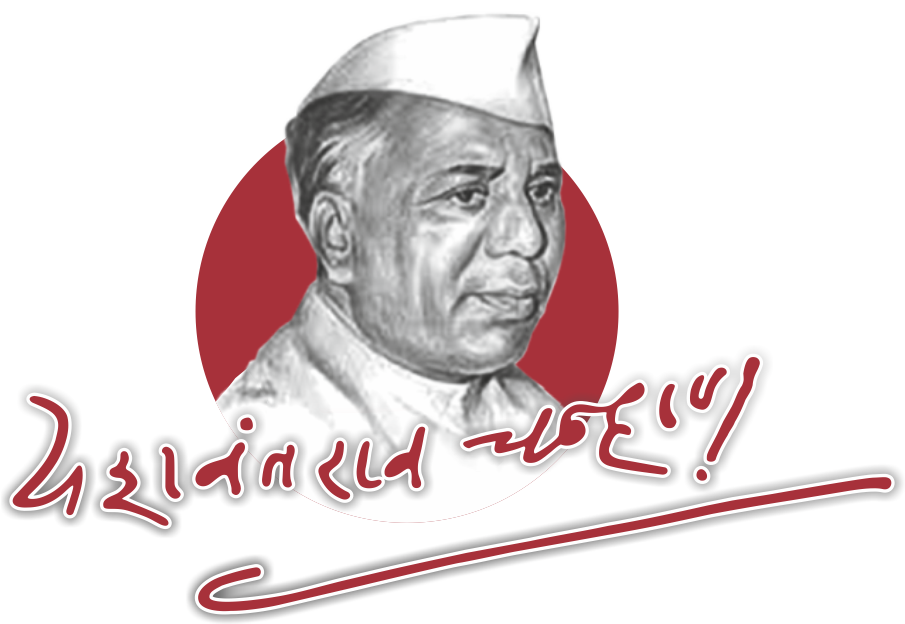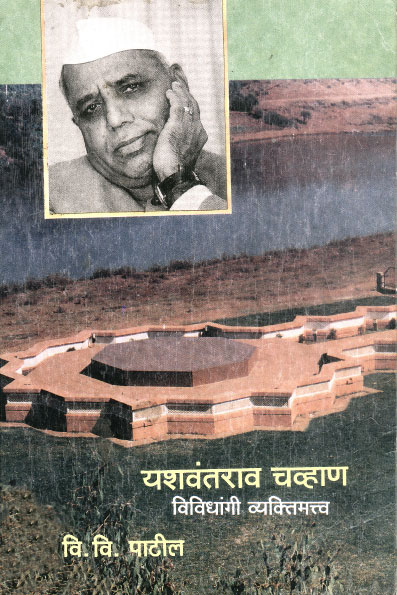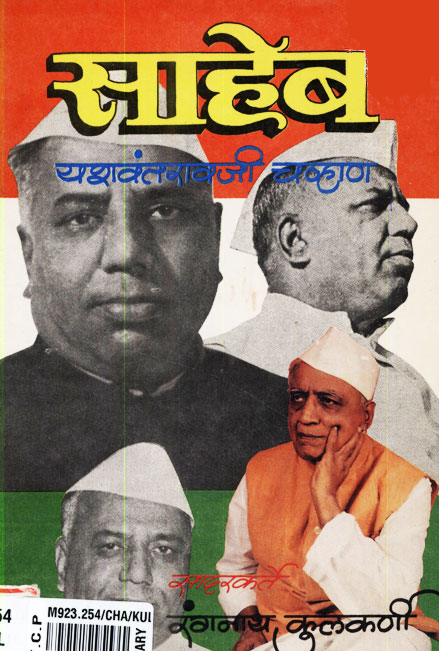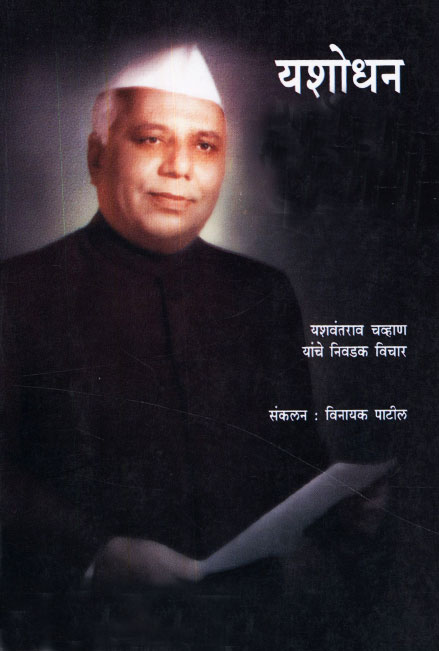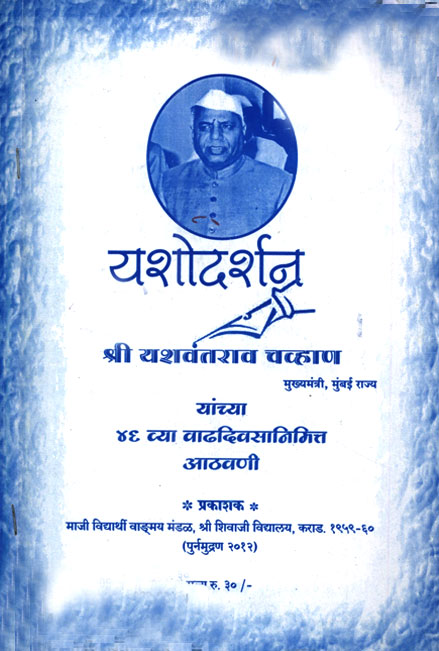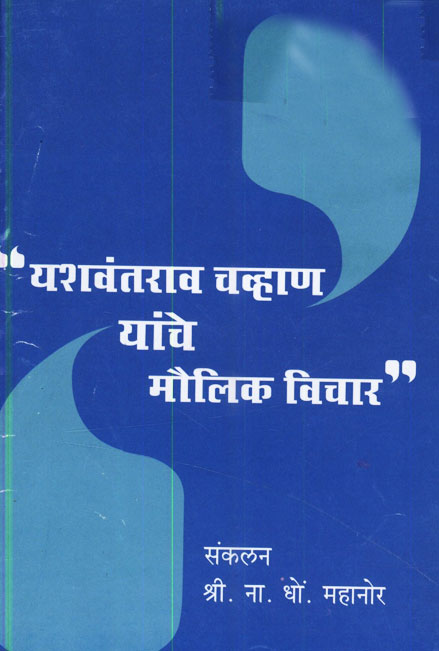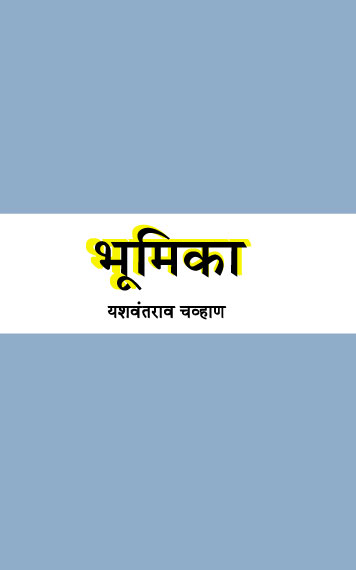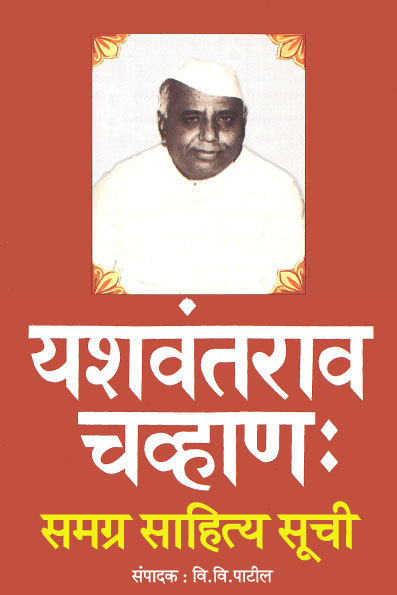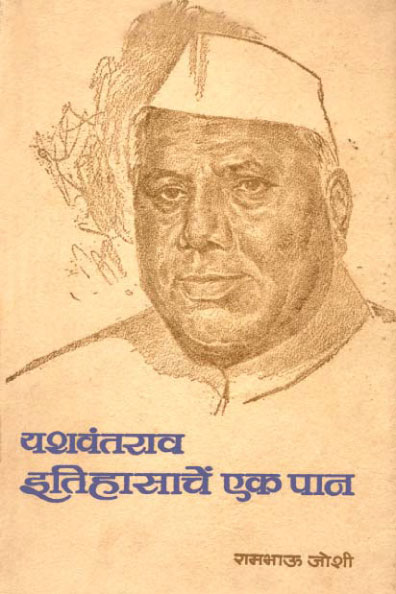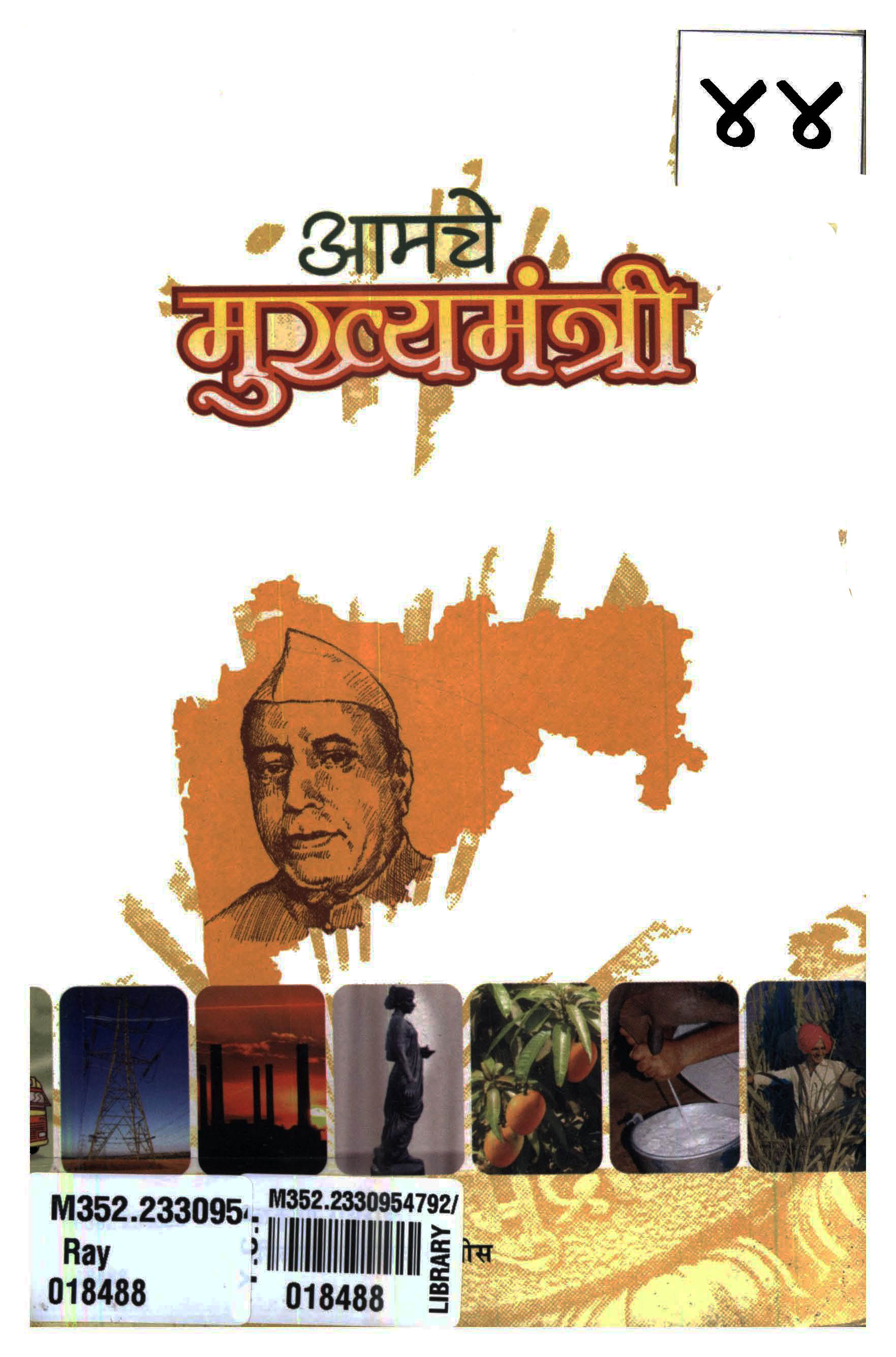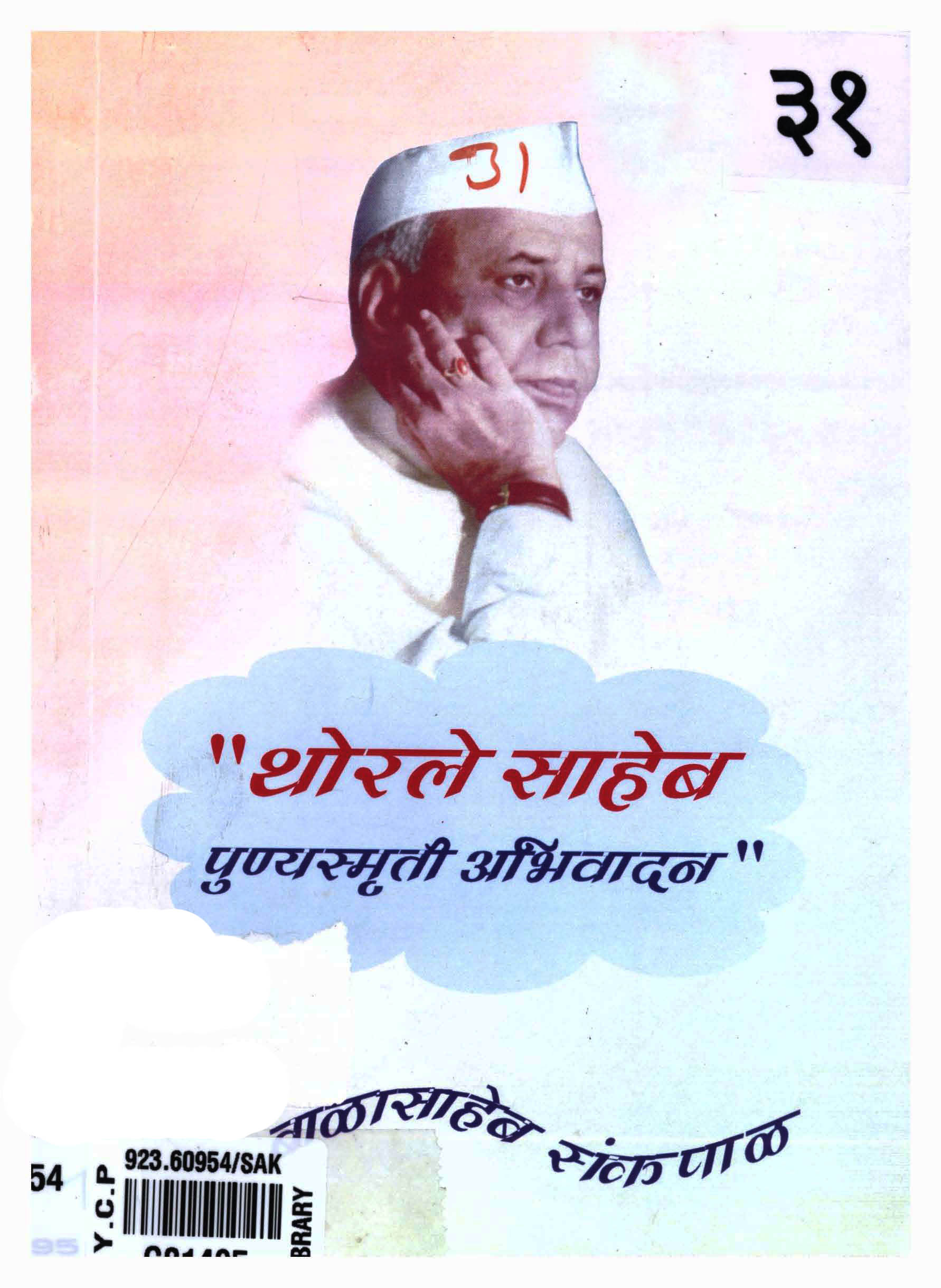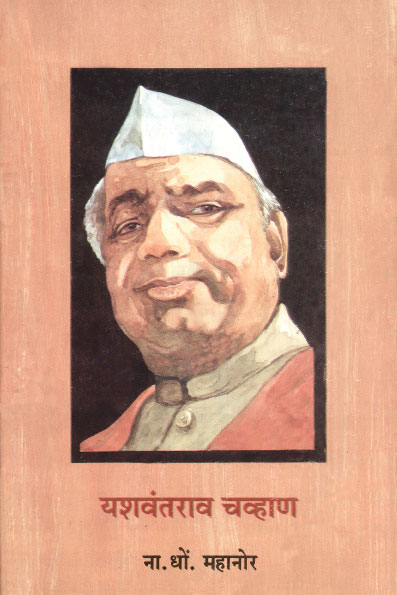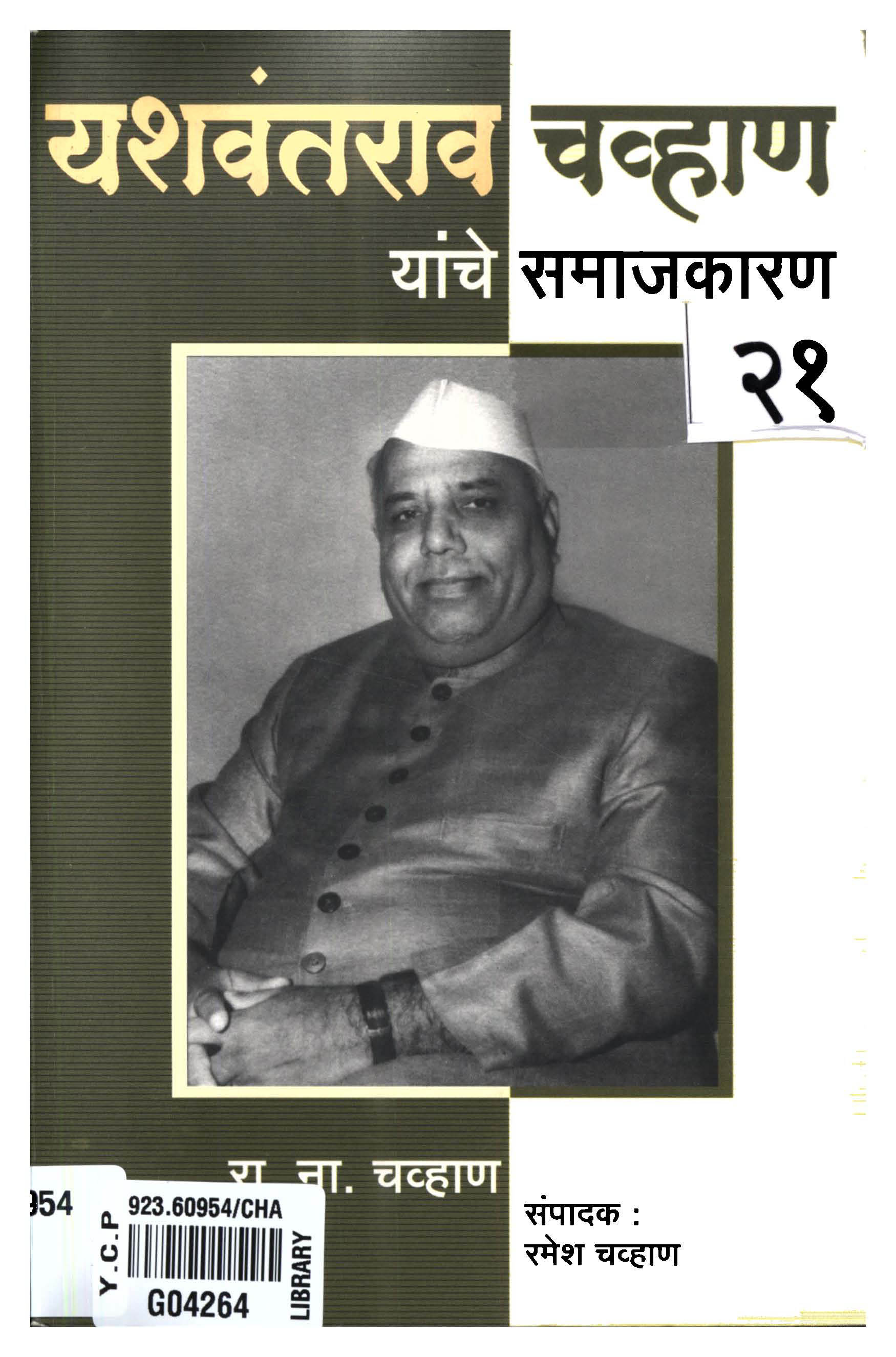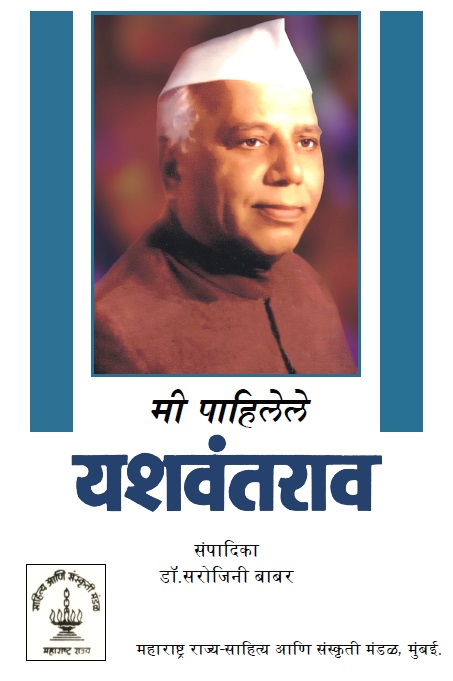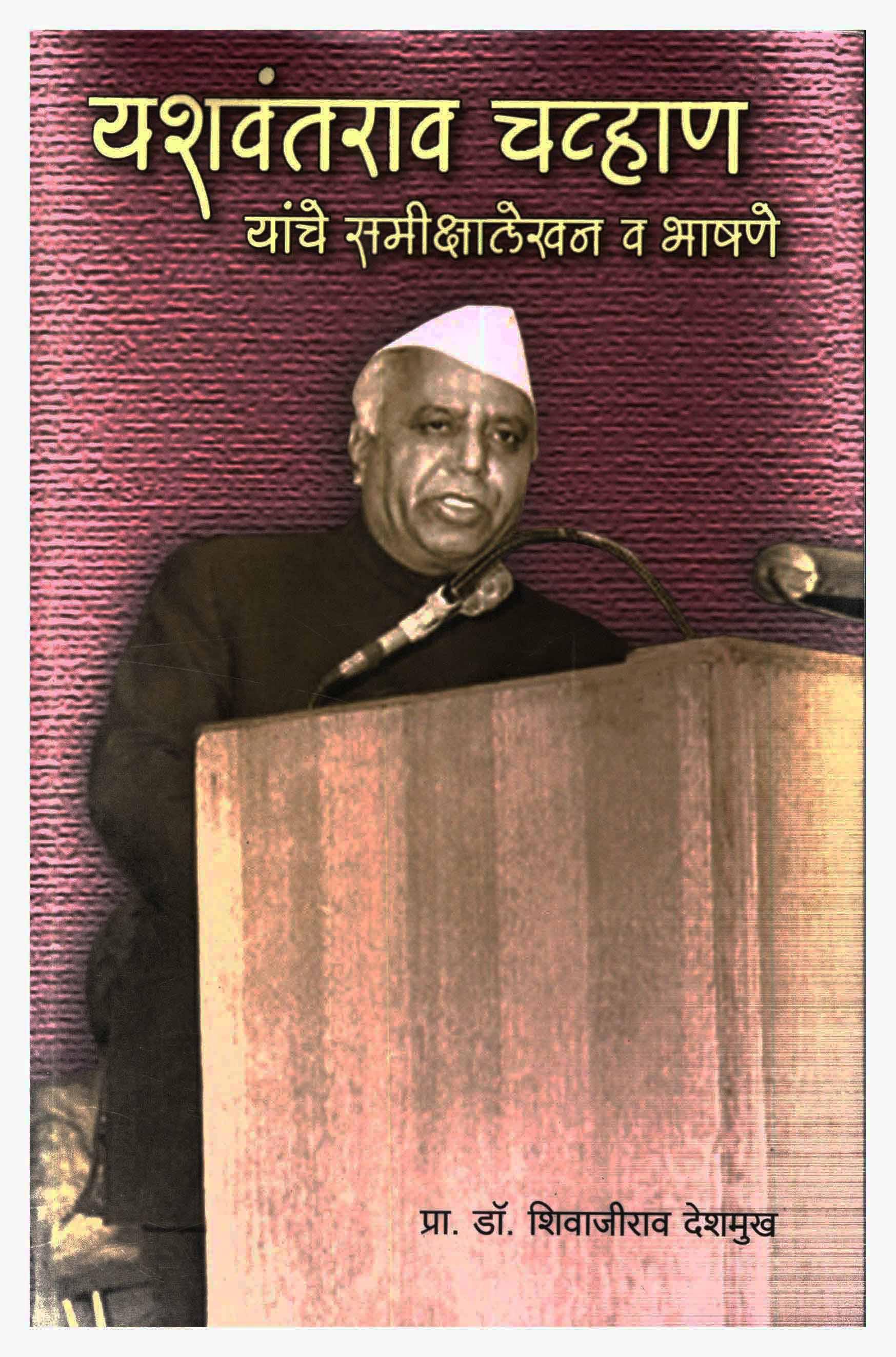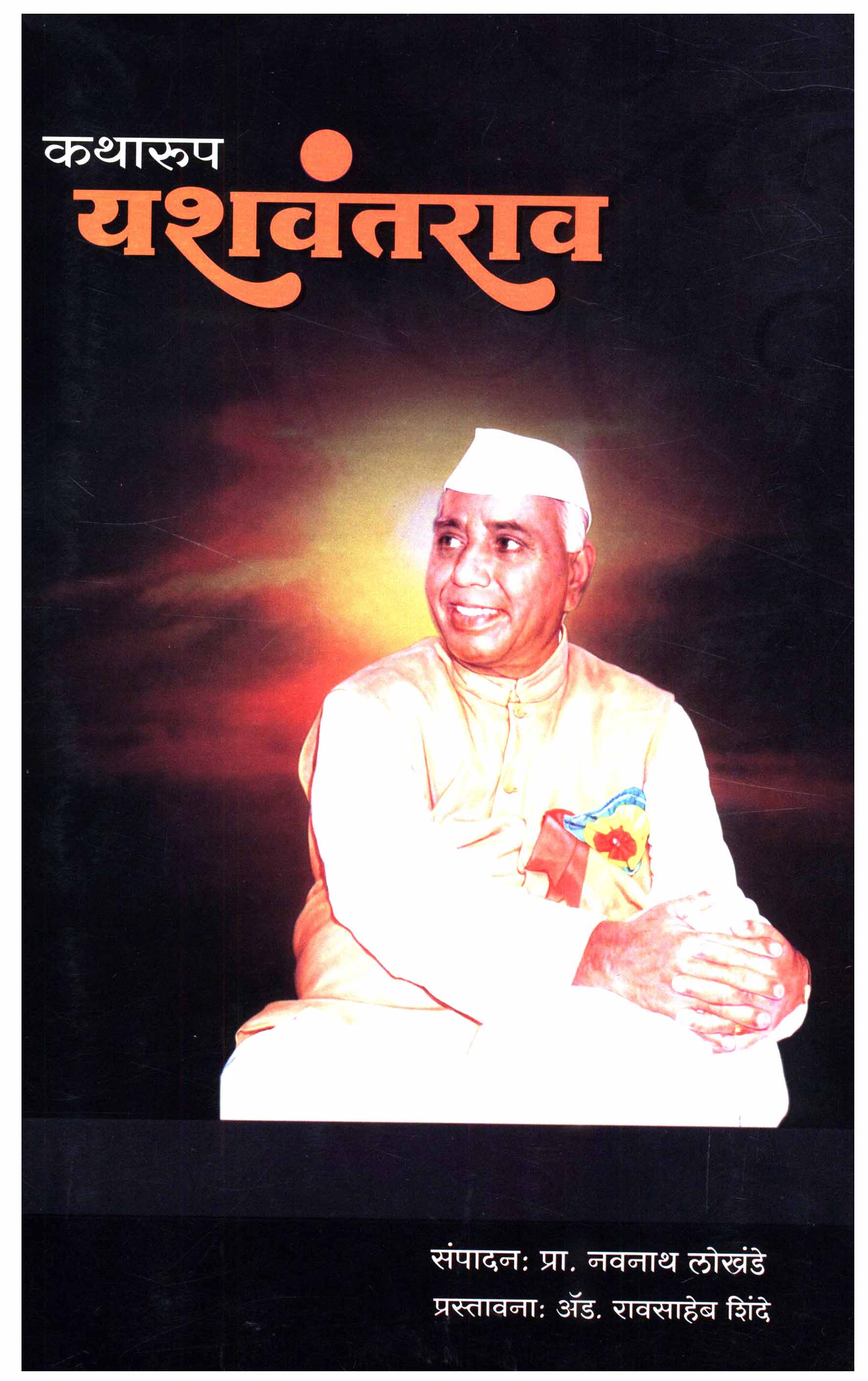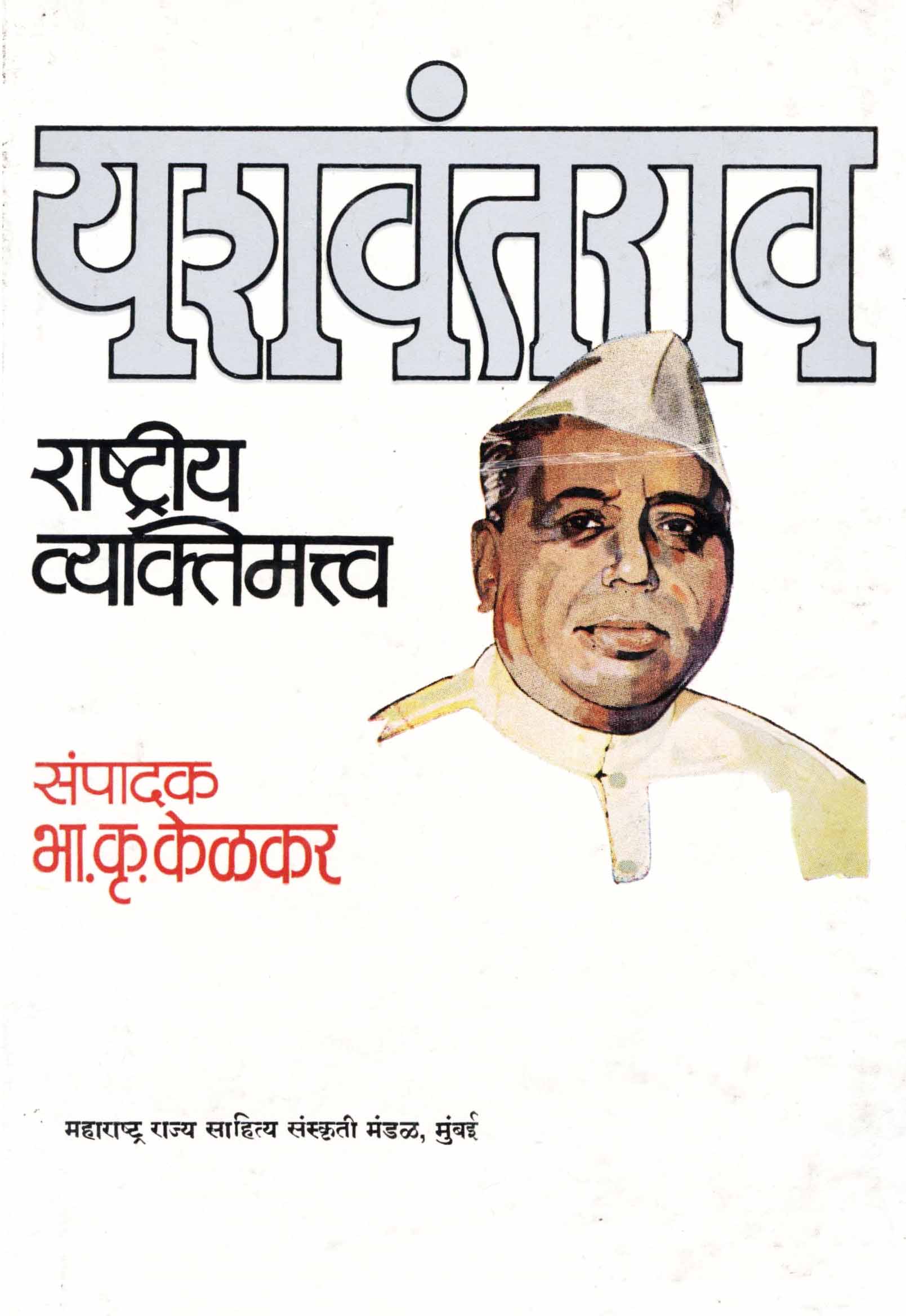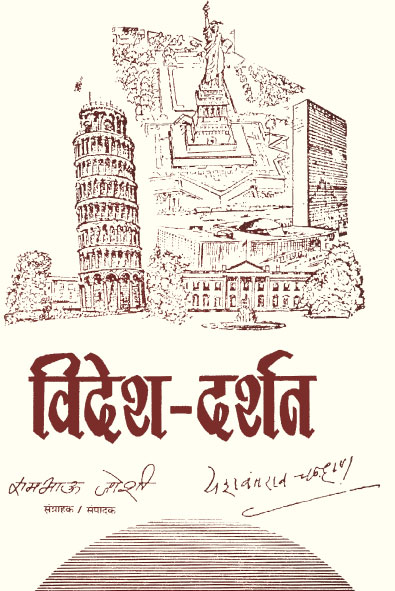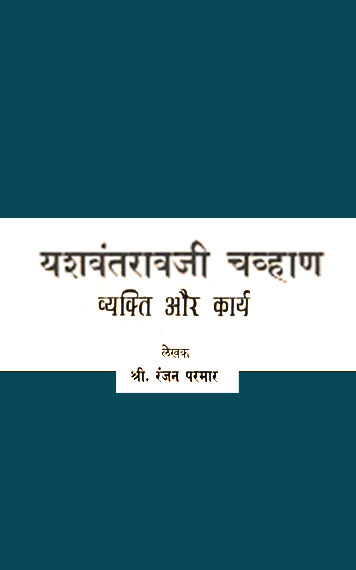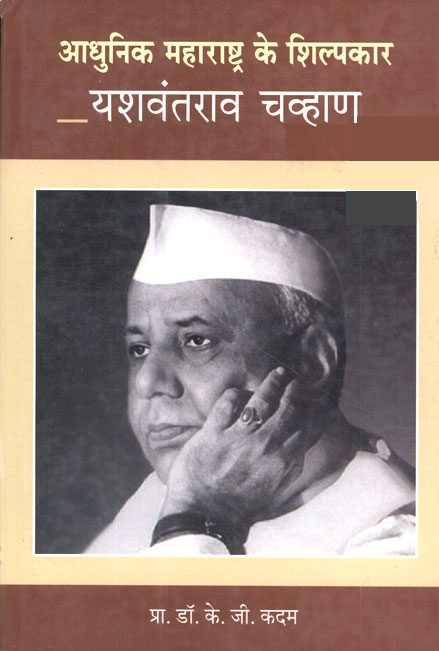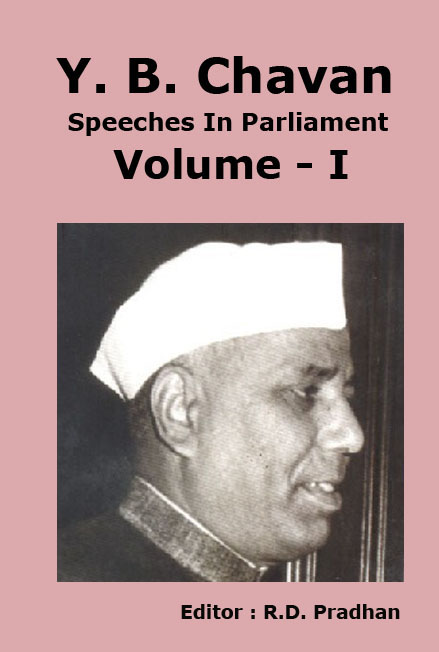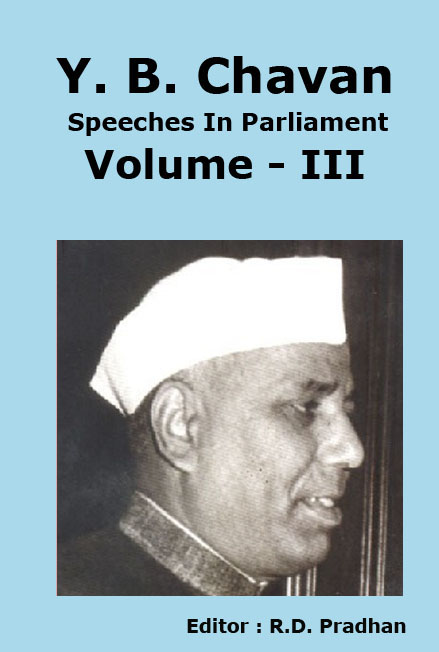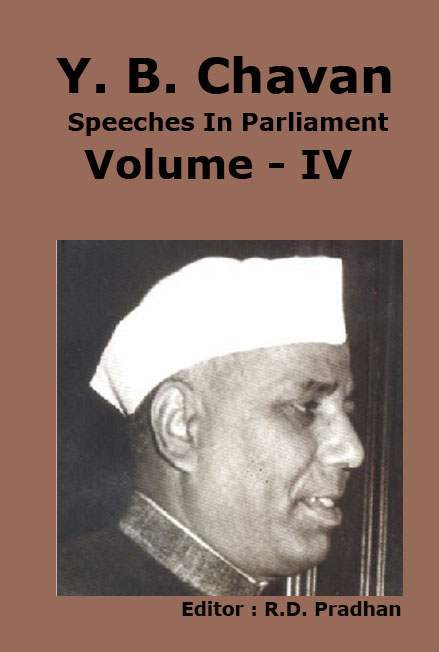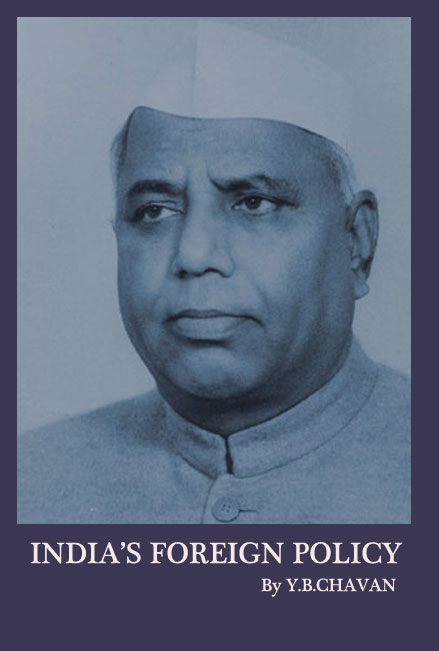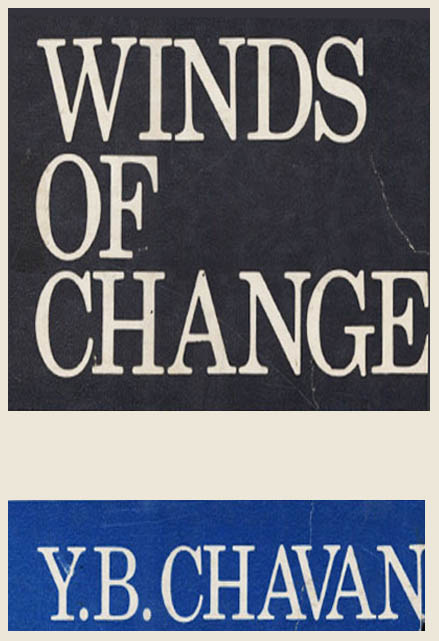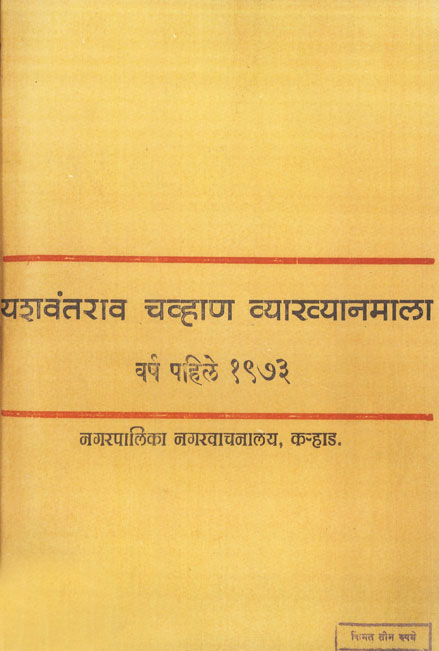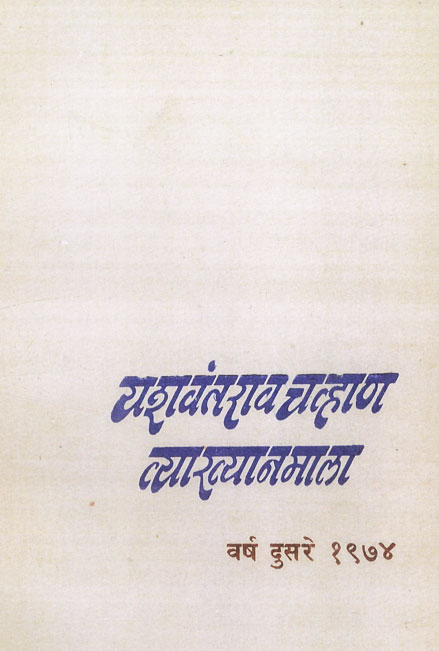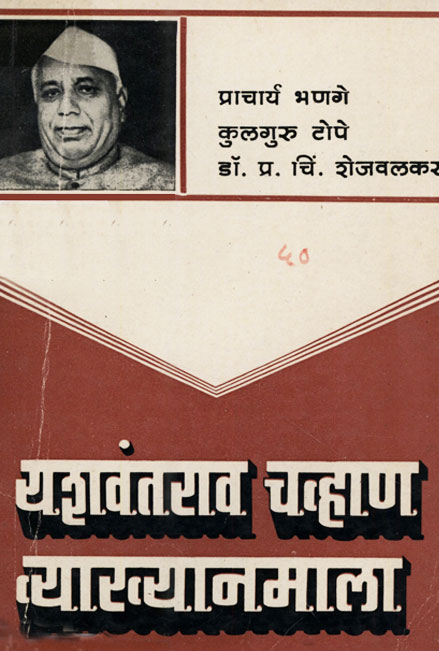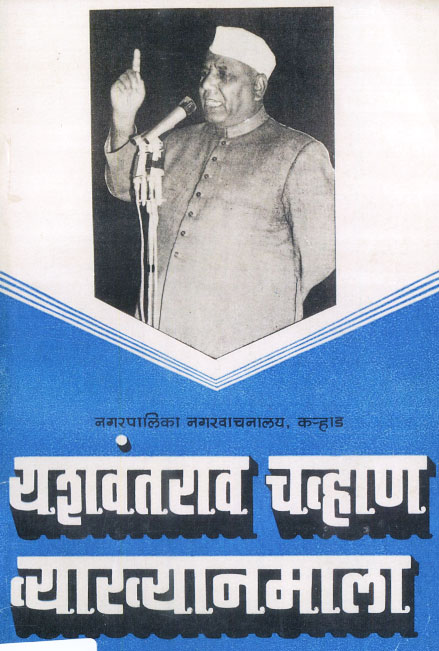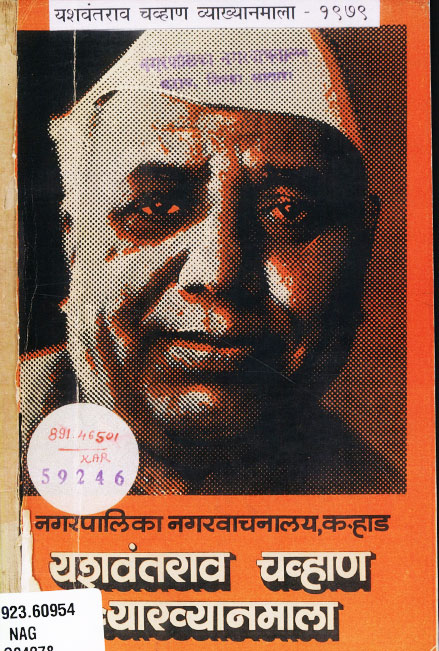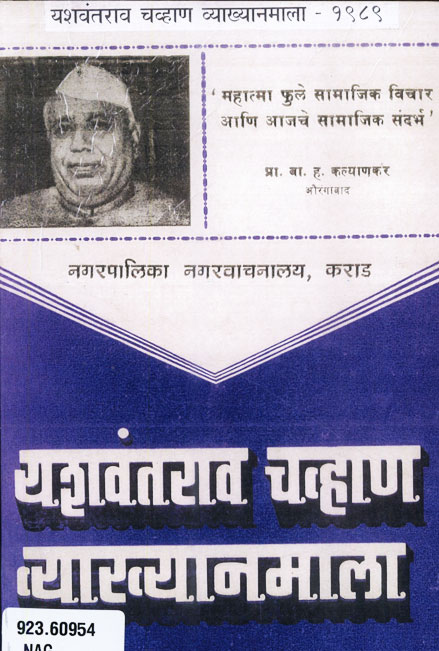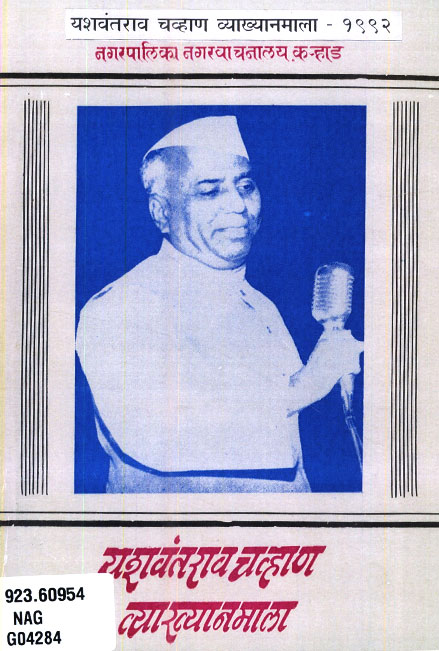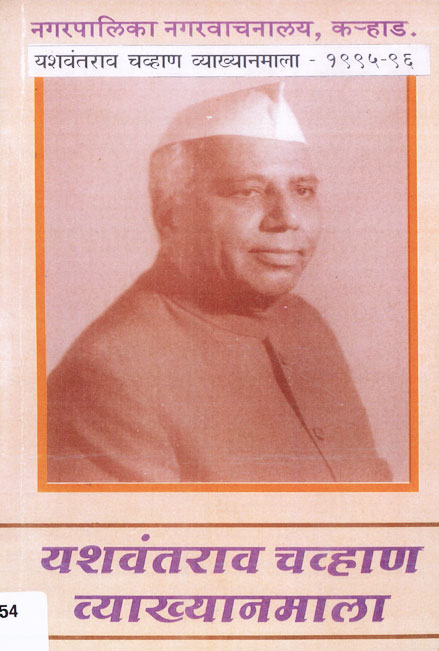Of course Mr. Goray may say, the same problem the same deficiencies and the same answer. It has happened but the process of growth is like that. According to whatever little study I have made of the growth of the public sector in the course of the last one year, there are four types of difficulties in the public sector which at the present moment we have to face.
First is the problem of inventories. Some steps are needed to see that the inventories are rationalised. The evaluation of the market position the price position and many other factors come into play in deciding this question. The Bureau of Public Enterprises have made a very scientific study of this problem of inventories. We have given the undertakings new guidelines in this matter how to improve the position of inventories.
The second is proper planning for maintenance of important and vital units of production. I think we have erred somewhere and we find that the question of maintenance of the units could have been taken care of properly earlier. The third problem is that of personnel management. The fourth, and the most important factor, which is somewhat a political problem and there is no use denying that is the question of labour relations, particularly in the steel sector. I will not go into this factor nor hurt any party’s sensitivity in this matter, but it is a fact of life that labour relations in the public sector and particularly in the very vital sector of steel, have become one of the major contributory factors for the shortfalls.
These are some political aspects of it. It is not an economic factor, but it is a political factor which has to be considered from some other angle. These are the four major aspects. We have identified the problems and we will have to attack them. Naturally it will take some time. What Mr. Goray said was right. Ultimately we must see that whatever production potential we have established in this country, is increasingly made use of. That is ultimately the commonsense test for any economic growth. So, as far as the public sector enterprises are concerned, we are certainly aware of the position. As one who believes in the public sector and as one who believes that this is the way that we can ultimately go towards the goal of socialism, I feel we must also at the same time be aware of our deficiencies. I can only assure the Hon. House that the Government at all levels including the Planning Commission is very much aware of this problem. As somebody mentioned, they have had discussions and the Deputy Chairman himself made a mention of this problem. We are acutely aware of this to improve the performance of the public sector.
Now, Sir, about what we have done about the wealth-tax aggregation in the case of individuals and families both in the rural and urban areas. Shri Prithwi Nath suggested that for the purpose of wealth-tax the definition of an assessee should include his or her spouse, his minor sons and unmarried daughters. He felt without such a comprehensive definition, the purpose for which this tax is being levied would be lost. I appreciate the anxiety of the Hon. Member to make the provisions of the Wealth-tax act effective. I would however, like to draw his attention to some of the provisions which we have. already made in the Budget proposals to meet the situation. A number of steps have been taken to plug the loopholes and to make the provisions effective. Thus, while no wealth-tax will be leviable unless the net wealth exceeds Rs.1 lakh in the case of individed family, once they are liable to tax, it will apply to their entire wealth. To tighten the incidence the exemption from wealth-tax currently available for household or personal jewellery and for shares forming part of the initial capital issues is being withdrawn.
